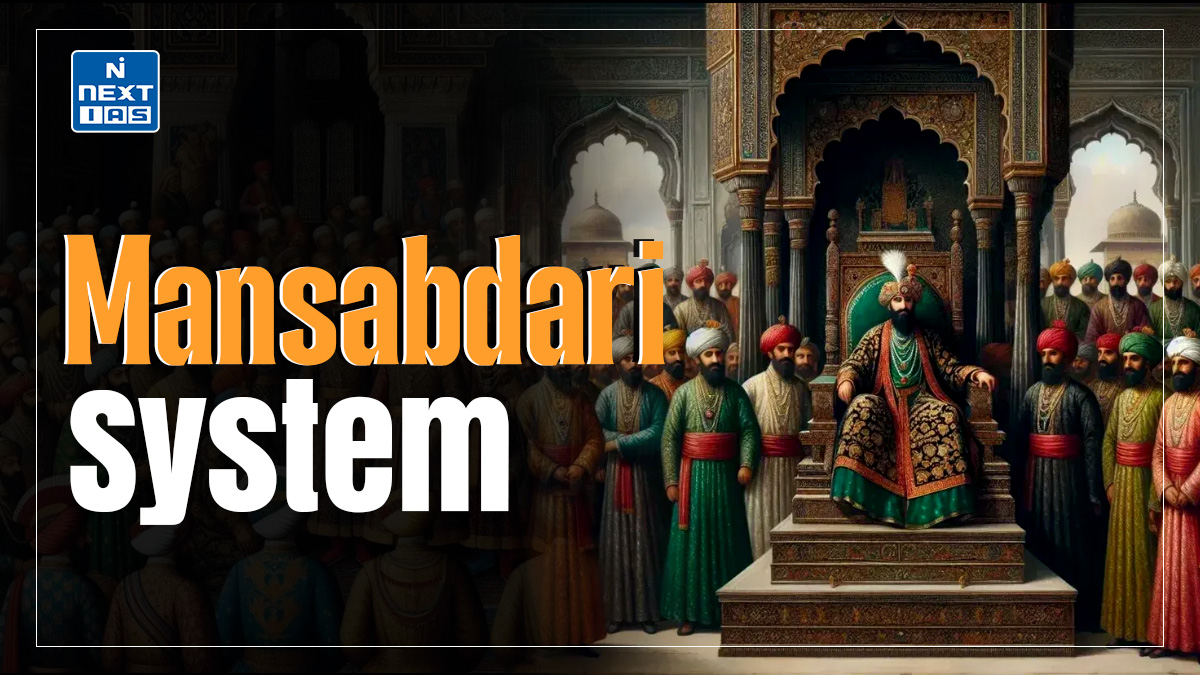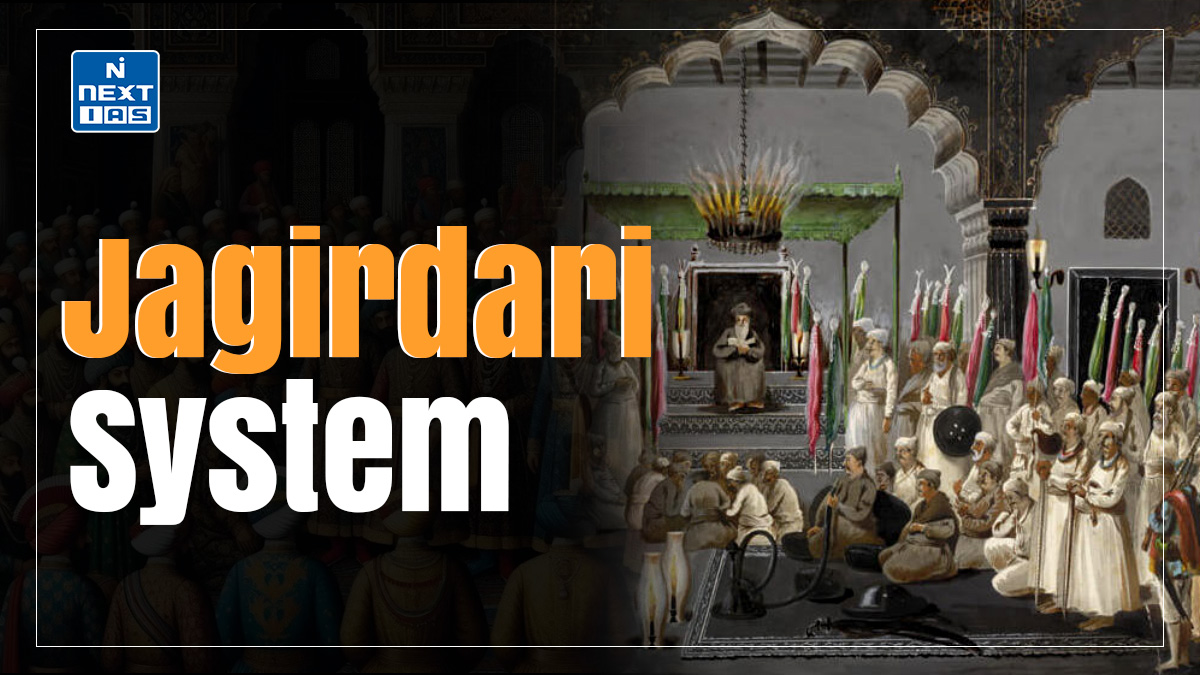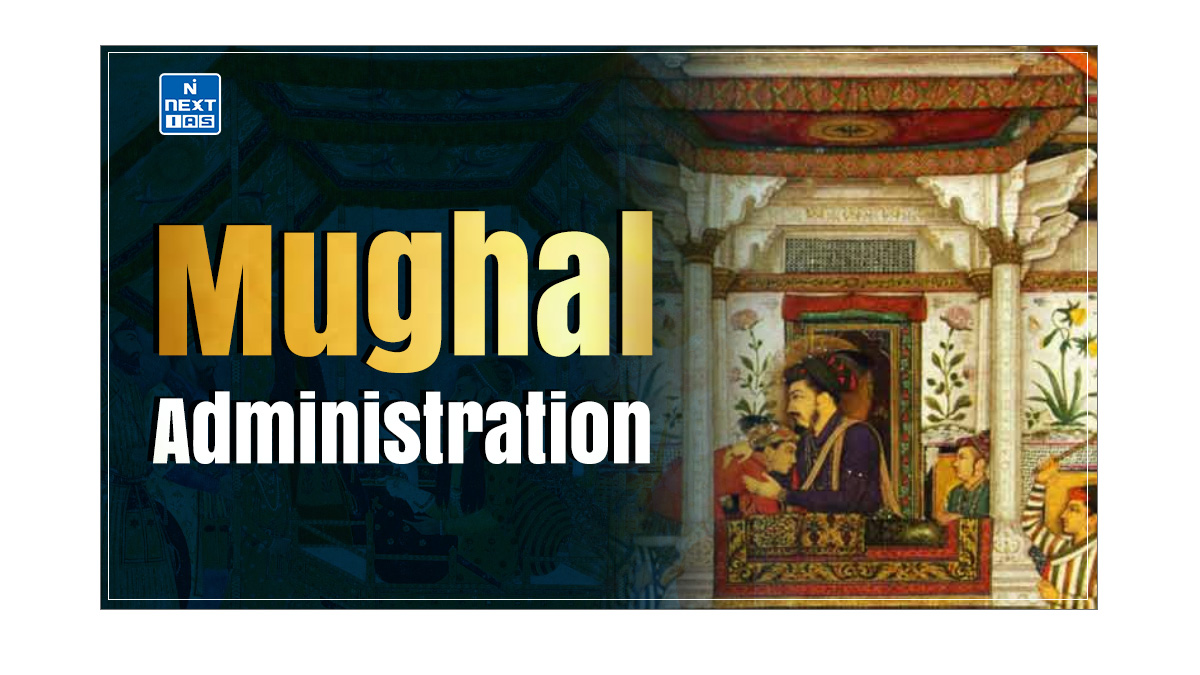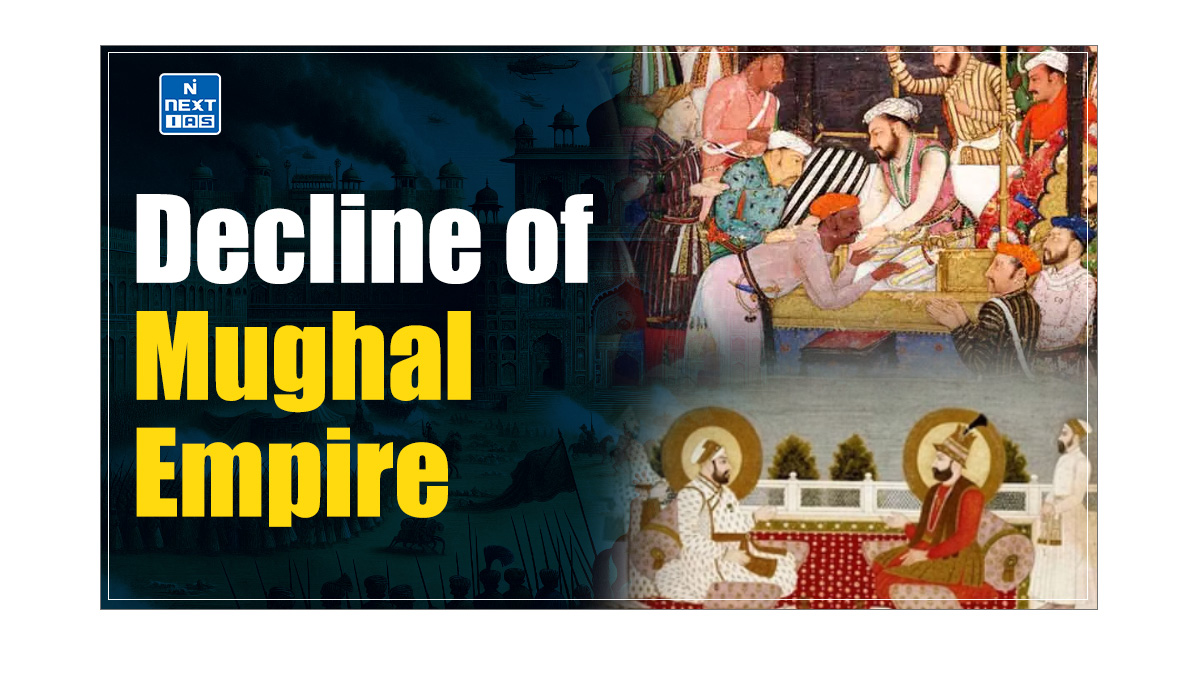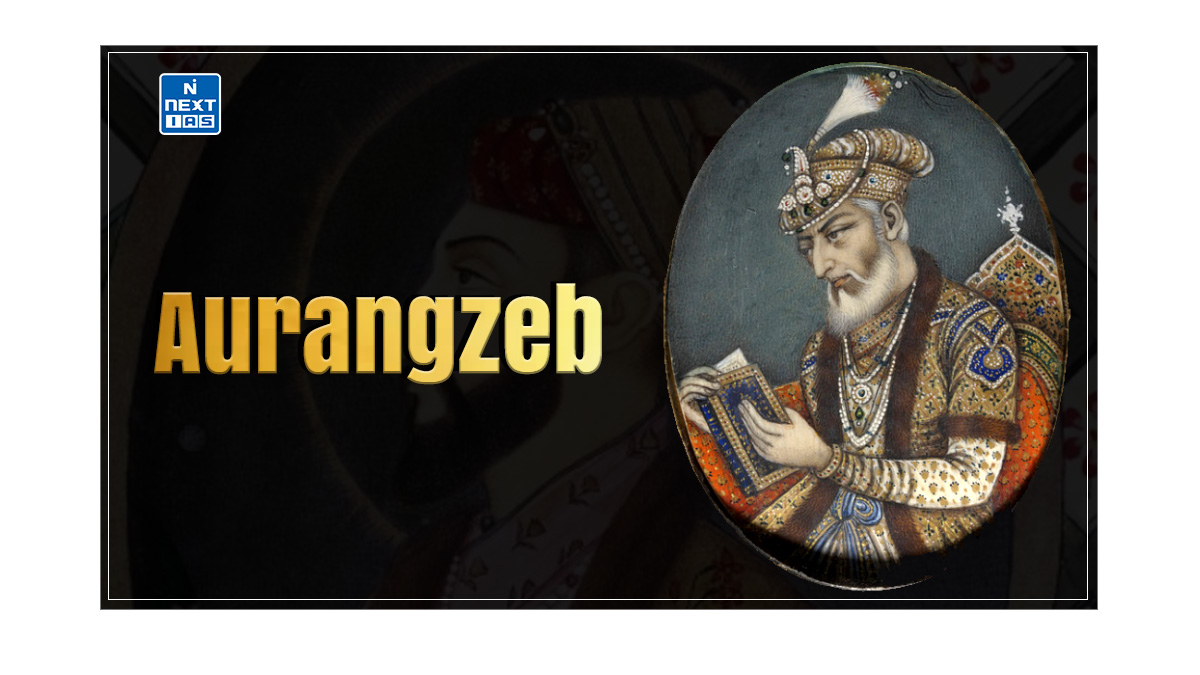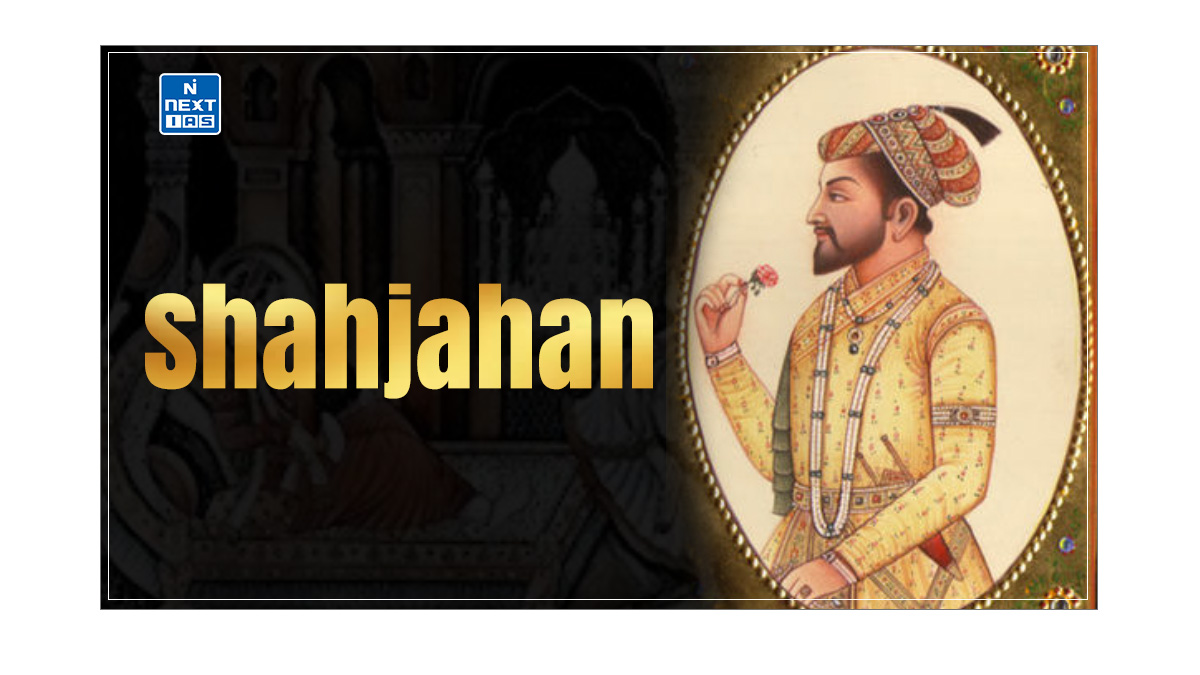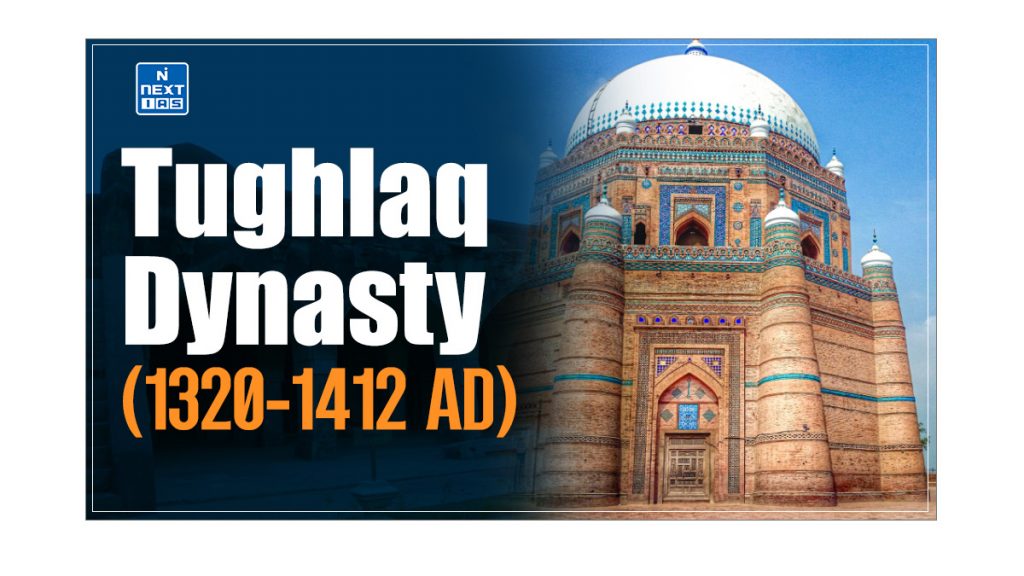
The Tughlaq Dynasty, which ruled the Delhi Sultanate from 1320 to 1412 AD, is known for its ambitious reforms and significant architectural contributions. Its legacy is marked by the consolidation of power in northern India and the complex challenges that shaped the region’s socio-political landscape. This article aims to study in detail the key rulers, reforms, and cultural impacts of the Tughlaq Dynasty.
About Tughlaq Dynasty
- The Tughlaq dynasty was founded by Ghazi Malik, who ascended the throne as Ghiyasuddin Tughlaq in 1320 AD and ruled until AD 1412.
- Ghiyas-ud-din rose to an important position in the reign of Ala-ud-din Khalji.
- However, after a brief reign, Ghiyas-ud-din Tughlaq died in AD 1325, and his son Muhammad Tughlaq ascended to the throne.
- Under the Tughlaqs, the Delhi Sultanate was further consolidated.

Ghiyas-ud-din Tughlaq (1320-25 AD)

- Ghiyas-ud-din Tughlaq, or Ghazi Malik, was the founder of the Tughlaq dynasty. He was a good administrator and an efficient ruler.
- Though he was a devout muslim, he never persecuted the Hindus.
- Ghiyas-ud-din Tughlaq is also known for the famous Tughlaqabad fort in Delhi.
- Ghiyas-ud-din Tughlaq improved the means of communication, transport and the postal system during his reign.
- Ghiyas-ud-din Tughlaq is known for subjugating Warangal and Bengal. Ghiyas-ud-din Tughlaq died in an accident, after which his son Muhammad bin Tughlaq ascended to the throne.
Muhammad Bin Tughlaq (1325-51 AD)

- After Ghiyas-ud-din Tughlaq’s death in 1325 AD, his son Muhammad bin Tughlaq, or Jauna Khan, came to power.
- Muhammad bin Tughlaq was one of the most controversial rulers of the Delhi Sultanate. He introduced many ambitious schemes and experiments, but most of them failed.
- Muhammad bin Tughlaq was a learned Arabic and Persian scholar who was tolerant of religious affairs.
Reforms during Muhammad Bin Tughlaq
The reforms during Mohammad bin Tughlaq’s reign can be seen as follows:
- Transfer of Capital: Muhammad bin Tughlaq shifted his capital from Delhi to Deogir in the Deccan and renamed it Daulatabad.
- Many nobles, religious men and craftsmen shifted to the new capital.
- Muhammad bin Tughlaq built a road from Delhi to Deogir and set up rest houses for the people.
- Many people died because of rigorous travelling and heat. This caused great hardship and heavy financial loss to the people.
- Within five months, the scheme was given up as the capital was shifted back to Delhi.
- Introduction of Token Currency: Muhammad bin Tughlaq introduced bronze coins or jittal coins of the same value as silver coins (Tanka) to overcome the shortage of silver in India.
- Muhammad bin Tughlaq ordered Bronze coins to be accepted as equivalent to the Tanka.
- According to Barani, the King was forced to introduce the token currency as the government’s treasury was empty due to the Sultan’s policy of conquests and boundless generosity.
- Muhammad bin Tughlaq did not keep a check or reserve the right to issue new coins for the state, so people began to mint token currency in their houses.
- A large number of duplicate and forged coins came into market circulation. Consequently, the value of Bronze coins declined sharply, and people rejected them, which further resulted in a loss of trade.
- The forged minting caused tremendous loss to the royal treasury. The bronze coinage remained in circulation for three years, from AD 1329 to AD 1332.
- The government was finally forced to recall the bronze Jittal coins and issue gold and silver coins or Tanka for exchange.
- Increase of taxes in Ganga Yamuna Doab: Muhammad bin Tughlaq increased the land taxes in the Ganga and Doab region to meet the expenses of his army.
- Many farmers revolted against Muhammad bin Tughlaq because they were unable to pay the increased revenue due to famine in the region.
- Finally, Muhammad bin Tughlaq nullified his order.
- Khurasan expedition: Muhammad bin Tughlaq’s controversial project, the Khurasan expedition, was undertaken in 1330-31 AD.
- The exact geographical location of the expedition needed to be clarified. However, Barani believed it was in Iraq.
- Muhammad bin Tughlaq raised a huge army for the expedition in the region of Khorasan.
- It is said that the Khorasan expedition was abandoned after Muhammad bin Tughlaq and Tarmashirin established friendly ties.
- According to Barani, part of the Khorasan army was sent to Qarachil. The project began in 1337-39 AD. The region of Qarachil lies in the middle of the Himalayas in Kangra district.
- According to Ibn Battuta, the expedition of Qarachil was mainly done to prevent Chinese encroachment in Rajput regions.
- This expedition proved to be another major failure of Muhammad bin Tughlaq, which led to an immeasurable loss in resources and discontent among the people and Sultanate army.
- Agriculture Reform: Muhammad bin Tughlaq established the all-new Department of Agriculture, ‘ Diwan-i-Kohi’.
- He appointed the Minister of Agriculture, Amir-i-Kohi, to look after the entire range of issues related to the agriculture sector.
- Muhammad bin Tughlaq ordered the provision of agricultural loans, ‘Takavi,’ to farmers. Peasants were also provided with financial support to help arrange seeds for cultivation.
- The main objectives of the Agriculture department were to increase land cultivation and enhance the productivity of farm produce.
- Muhammad-Bin-Tughluq was the most learned ruler among all the sultans of the Delhi Sultanate.
- Muhammad-Bin-Tughluq issued the new coins, which were called Dinar, by Ibn Battuta.
- A detailed description of the postal system is obtained from the chronicle journey of Ibn Battuta.
- Muhammad-Bin-Tughluq was the first among all sultans of Delhi to participate in public celebrations of Hindus, especially Holl.
- Badayuni wrote that upon Muhammad-Bin-Tughluq’s death, the king was freed from his people and their king.
- Jizyah became a separate tax during Firuz. Earlier, it was part of land revenue.
- Qarachil Expedition (1330): This expedition was launched in the Kumaon hills in the Himalayas, allegedly to counter Chinese incursions.
- It also appears that the expedition was directed against some refractory tribes in the Kumaon-Garhwal region to bring them under the Delhi Sultanate.
- The first attack was a success, but the invaders suffered terribly when the rainy season set in.
- His five projects led to revolts, and his last days were spent checking the revolts (36 in 25 years).
Feroz Shah Tughlaq (1351-88 AD)
- After Muhammad bin Tughlaq’s demise, his cousin Feroz Shah Tughlaq became the next sultan of the Tughlaq dynasty.
- Feroz Shah Tughlaq had the support of the nobles and the theologians. He was a kind man who did not favour harsh punishments. He cancelled the loans of peasants advanced by his predecessor.
- Feroz Shah Tughlaq established Diwan-i-Khairat (charity department) and Diwan-i-Bandagan (department of slaves) and made the Iqtadari system hereditary. He also developed royal factories called Karkhanas, in which thousands of slaves were employed.
- His reign is also known for many public works. Feroz Shah Tughlaq constructed canals for irrigation and established four new towns: Jaunpur, Hisar, Fatehabad, and Firozabad.
- During his reign, about 300 new towns in different locations were built, and he completed close to 845 public works.
- He was gentle towards the peasantry. He destroyed all public records of farmer debts to give clean chit to farmers.
- Feroz Shah Tughlaq showed intolerance towards Hindus and further imposed the Jizya tax on the Brahmins. During his reign, many Hindu temples and idols were destroyed.
- Feroz Shah Tughlaq established a free hospital called ‘Dar-ul-Shafa’ for the poor.
- He moved one of the Ashokan pillars from its original place and erected it in Delhi.
- Firuz Tughluq was the first ruler who took steps to have Hindu religious works translated from Sanskrit into Persian.
- Firuz Tughluq was the first sultan of Delhi to levy Haqq-i-Sharb, or irrigation tax.
- Firuz Tughluq was the first ruler to organise the Haj pilgrimage from state exchequer.
- Feroz Shah Tughlaq was the last great ruler of the Delhi Sultanate. His policy of intolerance toward Hindus made him less popular and unfavourable to the Hindu community.
Tughlaq Administration
- The administration of Tughlaq was more sustainable.
- The method of administration varies from ruler to ruler. The reign of Feroz Shah Tughlaq is considered to be a notable one.
- He followed the advice of ulemas for the proper functioning of administration.
- The nobles were assured heredity succession of their property.
- The famous Iqta system was redefined and made hereditary.
- The special taxes on more than twenty-eight articles were abolished as they violated Islamic law.
Tughlaq Art and Architecture

- The Tughlaq dynasty made a significant contribution to art and architecture.
- The domination and rediscovery of Islamic architecture marked the period.
- Various experts and masters were called upon to build a new empire full of creativity in the Indo-Islamic style.
- The Indo-Islamic style of architecture amalgamated Islamic and Hindu styles of architecture.
- The architecture of the Tughlaq dynasty flourished in the reign of all three rulers. Each ruler added their architectural creativity during their regime.
- Feroz Shah Tughlaq was a great patron of Islamic architecture.
- Feroz Shah Tughlaq built the famous Feroz Shah Kotla, also called the fifth city of Delhi.

- The tenure of Ghiyas-ud-din Tughlaq saw the construction of the famous Tughlaqabad city based on Roman fashions.
- The tomb of Ghiyas-ud-din was constructed as an artificial lake connected to a citadel by an eminent path.
- Another famous ruler of the Tughlaq dynasty was Muhammed bin Tughlaq, who contributed by building the Jaha-pana, a wall linking the first and second cities.

| About 300 new towns were built during Feroz Shah’s reign. The most famous among them was Firozabad near Red Fort in Delhi, now called Feroz Shah Kotla. Top two storeys of the Qutub Minar were rebuilt by Feroz Shah Tughlaq. |

- Firuz Shah Tughluq constructed the fourth and fifth stories of Qutub Minar, which is made of red sandstone and makrana marble.
- The first true arch in the sultanate memorial could be seen in the Tomb of Balban.
- India’s first tomb constructed in the Indo-Islamic style was the Balban Tomb.
- The horseshoe arch was first introduced in the Alai Darwazah.
Importance of Tughlaq Dynasty
- Tughlaq was the third of the five dynasties of the Delhi sultanate that ruled India. They were considered to be one of the strongest dynasties of the Delhi Sultanate.
- The Tughlaqs ruled India for approximately a century, during Which time there was growth and prosperity.
- The Tughlaqs were responsible for consolidating the entire kingdom and protecting it from any foreign invasion.
- On the other hand, the Tughlaqs also faced a major economic downfall caused by the counterfeiting of token currency introduced by the Monarch.
- The Tughlaq were also known for integrating or uniting the North and South in terms of exchange of ideas and culture.
- The Tughlaq dynasty, in its capacity, was recognised as the last of the mighty dynasties of the entire sultanate of Delhi.
- The political control of Delhi gradually weakened during the rule of Firoz’s successors.
- The invasion of Timur in 1398 AD left the sultanate desolate. By the end of Tughlaq’s rule (1412 AD), the Sultanate was confined to a small territory in north India. During this time, a number of regions proclaimed independent status.
Conclusion
The Tughlaq Dynasty exemplifies a dynamic period in medieval India, marked by achievements in administration and culture, alongside economic mismanagement and social unrest. While the dynasty strengthened the Sultanate, its decline set the stage for future regional changes, leaving a lasting impact on Indian history.
Frequently Asked Questions (FAQs)
Who was the founder of the Tughlaq Dynasty?
The founder of the Tughlaq Dynasty was Ghiyas al-Din Tughlaq.
Which dynasty ruled Delhi before Tughlaq?
The dynasty ruled Delhi before the Tughlaq was the Khilji Dynasty.
Who ruled after the Tughlaq Dynasty?
After the Tughlaq Dynasty, the Sayyid Dynasty ruled.
Who was the greatest ruler of the Tughlaq Dynasty?
The greatest ruler of the Tughlaq Dynasty was Muhammad bin Tughlaq.
